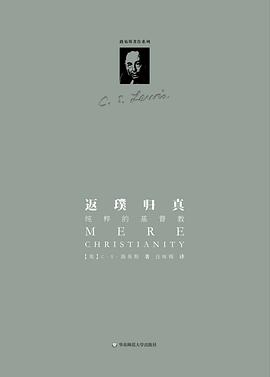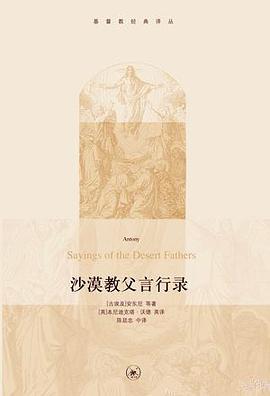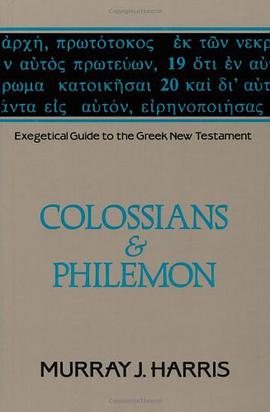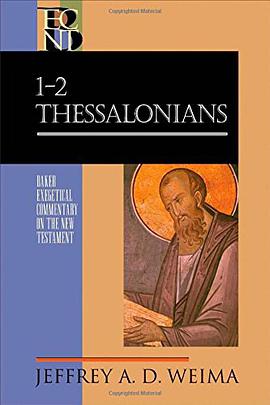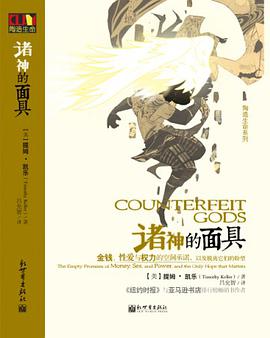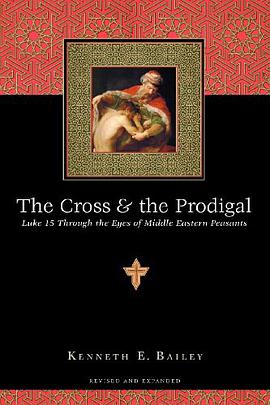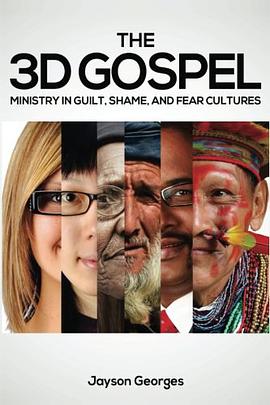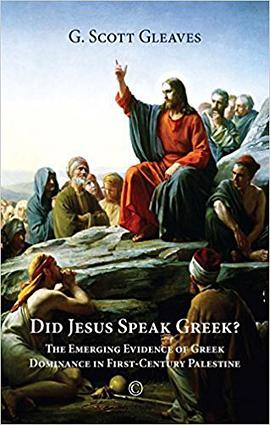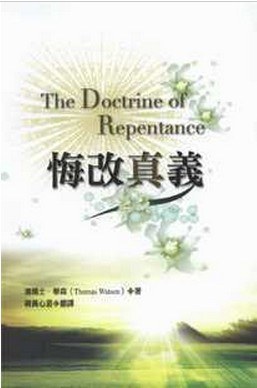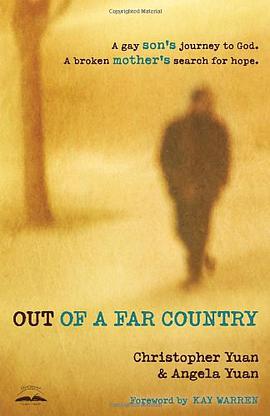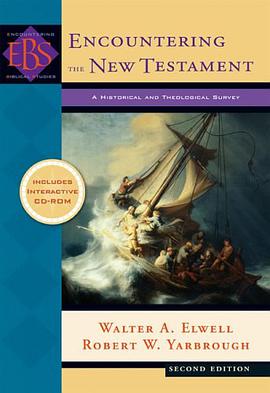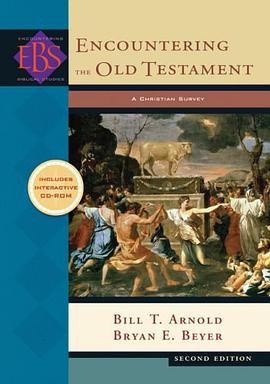Did Jesus speak Greek? An affirmative answer to the question will no doubt challenge traditional presuppositions. The question relates directly to the historical preservation of Jesus's words and theology. Traditionally, the authenticity of Jesus's teaching has been linked to the recovery of the original Aramaic that presumably underlies the Gospels. The Aramaic Hypothesis infers that the Gospels represent theological expansions, religious propaganda, or blatant distortions of Jesus's teachings. Consequently, uncovering the original Aramaic of Jesus's teachings will separate the historical Jesus from the mythical personality. G. Scott Gleaves, in Did Jesus Speak Greek?, contends that the Aramaic Hypothesis is inadequate as an exclusive criterion of historical Jesus studies and does not aptly take into consideration the multilingual culture of first-century Palestine. Evidence from archaeological, literary, and biblical data demonstrates Greek linguistic dominance in Roman Palestine during the first century CE. Such preponderance of evidence leads not only to the conclusion that Jesus and his disciples spoke Greek but also to the recognition that the Greek New Testament generally and the Gospel of Matthew in particular were original compositions and not translations of underlying Aramaic sources.
"Anyone interested in the linguistic milieu of first-century Palestine should read this book. Far from speculating on hypothetical sources and scenarios, Scott Gleaves offers a fresh examination of the extant evidence. Historical Jesus studies must consider that in the Greek of the canonical Gospels, we most likely have the very words of the Jesus of history."
--Daniel H. Fletcher, Associate Professor of New Testament, Turner School of Theology, Amridge University, Montgomery, AL
"Scott Gleaves has written a well-reasoned, and quite readable, book on the thorny question of what language Jesus spoke, and in what language the gospels were originally written. Gleaves gives a judicious critique of the Aramaic hypothesis and provides evidence for the alternative view that Greek was the first language for Jesus and his contemporaries. I recommend this book highly."
--Paul L. Watson, Professor of Old Testament Studies, Amridge University, Montgomery, AL
